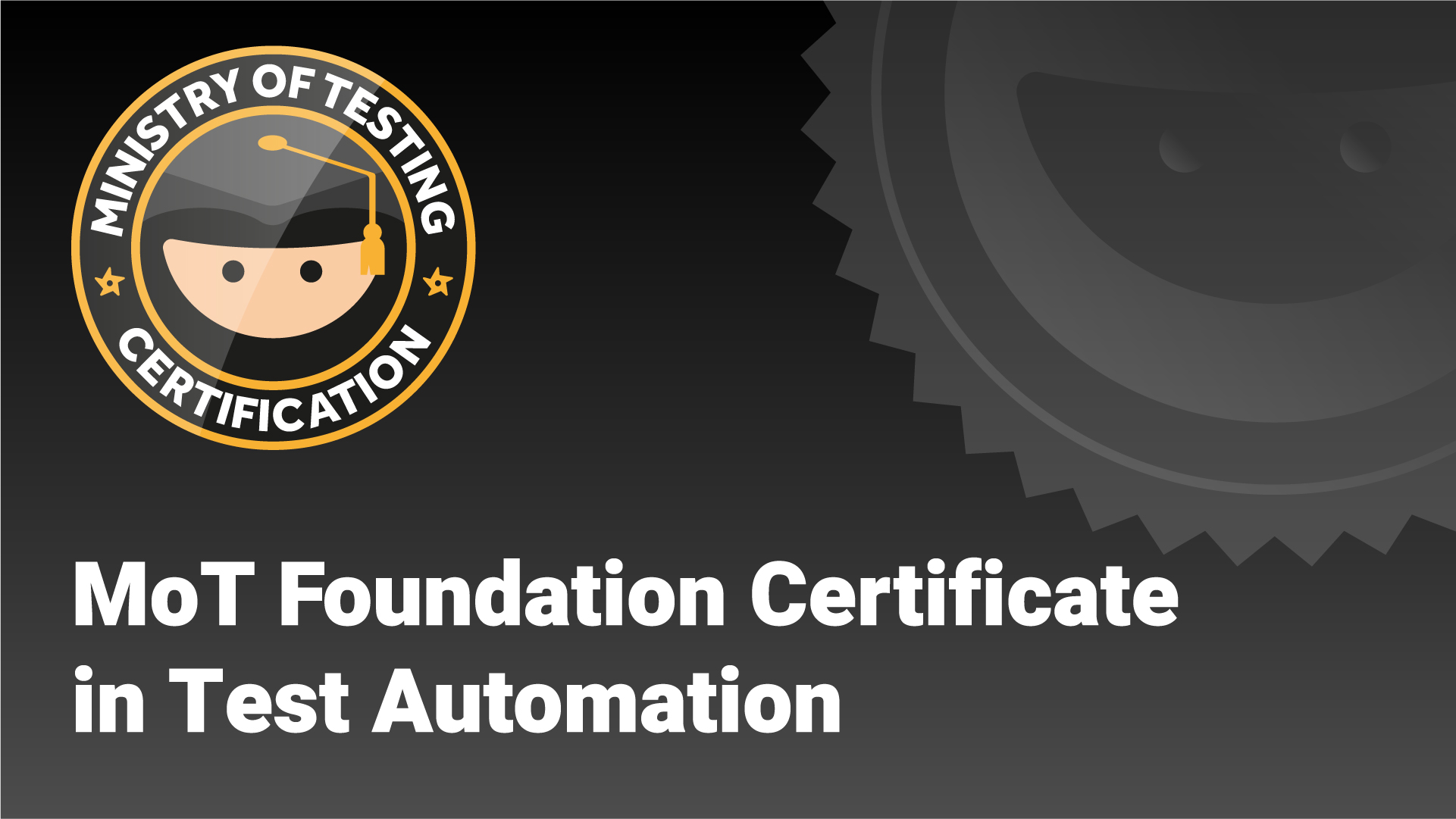By Eduardo Fischer
Changing jobs in tech is expected. In fact, it’s the norm. People leave jobs and companies every day, usually for better opportunities, and the common belief is that “better” means a transition from QA to development, DevOps, data science, and so on.
I took the opposite tack: I moved from development to test. It was a really good move for me and could be for you too.
First Contact With Testing: The Door Opens
I was interviewing for a position as a back-end developer when I got my first chance to move into test. I was between jobs at the time: I’d quit my previous job due to long commute times. (Just a little piece of advice: you shouldn’t simply quit a job before lining up something else except in extreme circumstances.)
Before I interviewed for the back-end position, I knew that I wanted to make a good impression. So I prepared a 30-minute video that suggested improvements to the company’s website. So, like a tester, I was already assessing the quality of their website even before I had the job: , giving advice, finding bugs, and showing them the value I could bring to them if they hired me.
At the initial interview I told the interviewers about the video I had prepared. During the second round, where I spoke with developers and HR representatives, I was asked if I had ever thought about becoming a tester. At that point I reiterated that I was applying for the developer position. I was not yet ready to consider anything different. I was in fact hired for the back-end dev position, and so the tester position remained open.
Second Contact With Testing: Looking Through The Doorway
Two months on the new job went by. As development on a new project progressed, I found a bug that had passed undetected by my colleagues. We were refactoring an important API for performance improvement and even though the code changes successfully improved response times, it would occasionally fail to respond. I found this bug by sheer luck, but I didn’t know what was causing it. When I proceeded to warn my colleagues about the issue, I failed to replicate the bug. Since it could not be replicated it was dismissed and they returned to their assigned projects. I knew it existed and caused serious problems when it occurred, but I still couldn’t reproduce it.
I started investigating with manual testing, trying many things to no avail. So I searched for more sophisticated tools for testing APIs. I found Codeception for API testing and gave it a try. After only half a day, my efforts were rewarded. I could consistently replicate the bug and I found a reasonable explanation for the undesired behavior. The issue was related to a race condition between threads; 20 to 25 calls were made over a short timespan, the API would fail to respond. To my surprise, hunting the bug was fun and rewarding, but to me, fixing it was really simple and not worthy of notice.
The Decision: Walking Across The Threshold
Hunting for the root cause of this race condition bug, as well as the conversation during my interview, led me to rethink my career. In college, it is rare to hear someone say they are thinking about a career in testing. Usually you hear about someone’s goals of becoming a game developer, writing their own mobile app, or becoming a machine learning expert or a startup founder. It’s not even that testing is dismissed as not important or a Plan B. It’s just that there is barely any discussion about opportunities in QA at all. The reasons for this are still not clear to me.
I started thinking about a career in testing. I had to use the Internet as my primary source of information, since I didn’t know anyone who had taken this path. I used Ministry of Testing, blogs, YouTube channels... basically everything that I could find about testing and quality assurance. I felt really passionate about the profession, and interested in its challenges, but I also had my doubts.
How would my future opportunities, income, benefits, respect from colleagues and many other factors change? Would it be worth it to move to testing? I could certainly test effectively one or two times, but doing it right every day is a whole other challenge. In the end, despite my doubts I decided to go forward and change careers from back-end development to tester.
So I asked to have a talk with my tech lead. I explained that I was interested in the tester position. At first he was reluctant: they would need to hire a new developer, which isn’t easy. But he relented. As of the following week, I was officially a tester. And I haven’t looked back.
Author Bio
Eduardo Fischer is a quality assurance engineer who focuses on API and UI test automation and is currently working for an international stockbroker. He discovered his passion for testing during his time as a back-end developer and eventually made testing his fulltime job. His hobbies are developing Alexa skills and making models for his 3D printer. You can find him on LinkedIn: https://www.linkedin.com/mwlite/in/eduardo-fischer-dos-santos


